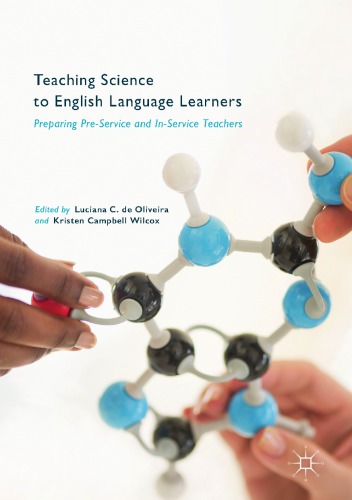

Most ebook files are in PDF format, so you can easily read them using various software such as Foxit Reader or directly on the Google Chrome browser.
Some ebook files are released by publishers in other formats such as .awz, .mobi, .epub, .fb2, etc. You may need to install specific software to read these formats on mobile/PC, such as Calibre.
Please read the tutorial at this link: https://ebookbell.com/faq
We offer FREE conversion to the popular formats you request; however, this may take some time. Therefore, right after payment, please email us, and we will try to provide the service as quickly as possible.
For some exceptional file formats or broken links (if any), please refrain from opening any disputes. Instead, email us first, and we will try to assist within a maximum of 6 hours.
EbookBell Team

4.8
104 reviewsThis edited collection explores how science can be taught to English language learners (ELLs) in 21st century classrooms. The authors focus on the ways in which pre-service and in-service science teachers have developed—or may develop—instructional effectiveness for working with ELLs in the secondary classroom. Chapter topics are grounded in both research and practice, addressing a range of timely topics including the current state of ELL education in the secondary science classroom, approaches to leveraging the talents and strengths of bilingual students in heterogeneous classrooms, best practices in teaching science to multilingual students, and ways to infuse the secondary science teacher preparation curriculum with ELL pedagogy. This book will appeal to an audience beyond secondary content area teachers and teacher educators to all teachers of ELLs, teacher educators and researchers of language acquisition more broadly.